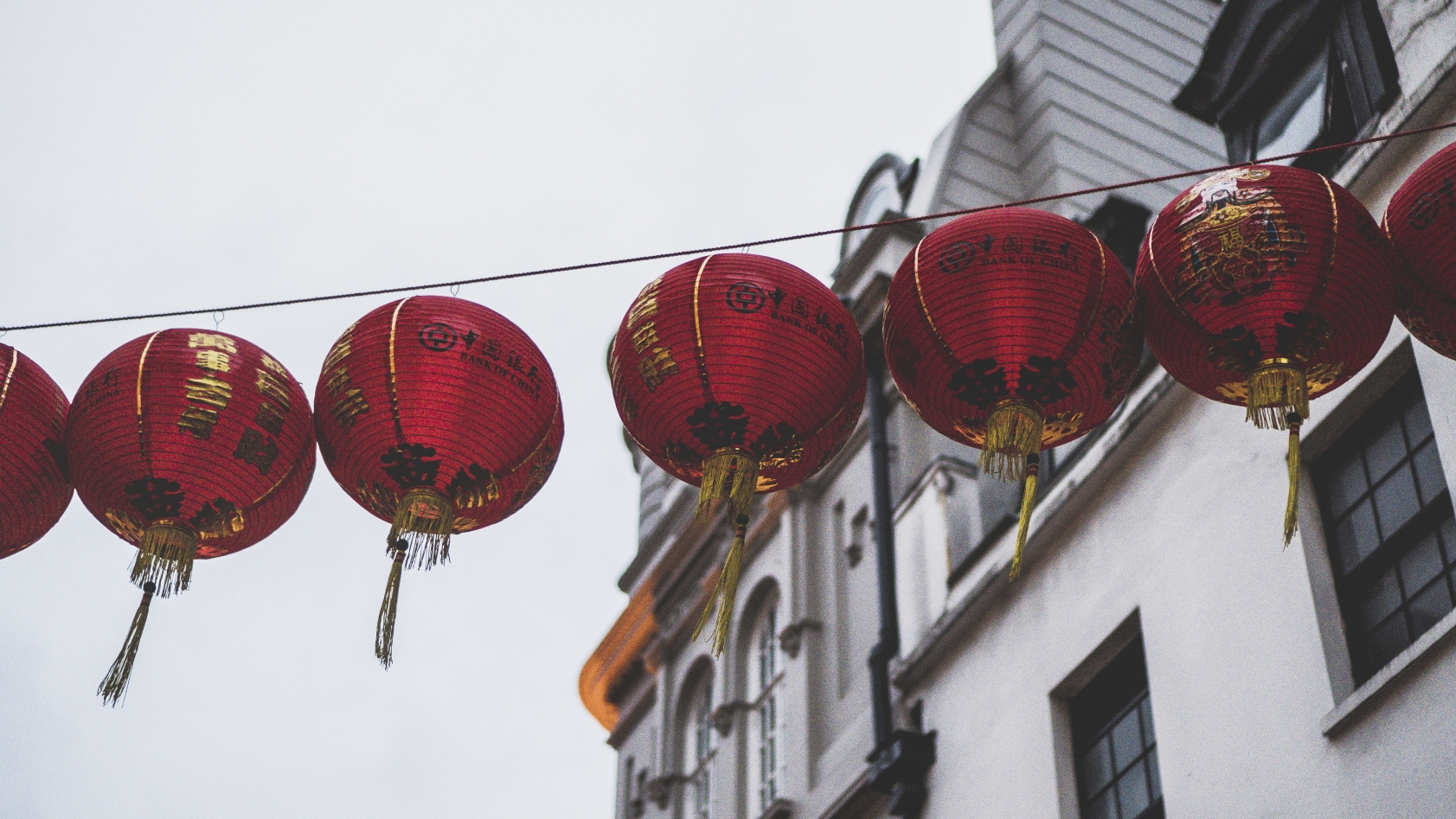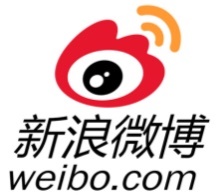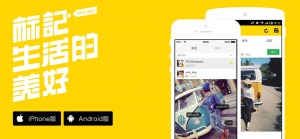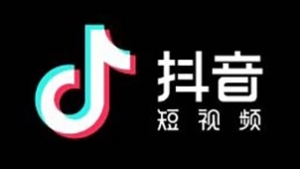
Where to communicate ?
We all know it, China has a digital ecosystem very different from ours. Exit Facebook, Twitter, Instagram and so on. To develop a brand in China, you have to master WeChat, Weibo, Lofter and many more.
Here is a quick insight into the main platforms that are booming in China.
WeChat (or Weixin)
This is the go-to app for everyone living in China! At the beginning, it was simply an instant messaging app. WeChat quickly developed to allow its users to book a flight, unlock a bike-sharing bike or even pay their bills. For a brand, it is possible to open a professional account, or an official account, and create a relationship with internet users. Before any purchase, Chinese consumers want to be sure to make a good choice in terms of quality, price, features, design, etc. Therefore, very detailed photos and videos of the product are often incorporated in articles written on WeChat. It gives more insights about the size, the colour or the material used for the product.
WeChat offers many possibilities for marketing : creation of discussion groups about a specific topic, contests through mini-apps, development of the brand image, redirection to the e-commerce platform…Possibilities are endless. WeChat is mainly interested in the user experience. Scrolling through an official account must inform, entertain but also be pleasant to look at.

It is a micro-blogging platform, very popular among big brands. Publications are limited to 140 characters and photos or videos can be added. Open to all internet users, Weibo not only is a mass social media with lots of personal and professional accounts but also a media with new accounts and accounts based on specific topics.
Weibo is well-known for its pool of KOLs (Key Opinion Leaders) or influencers. These people have a great capacity to engage and mobilize their fans and followers. To promote a product thanks to KOL’s services not only allows to reinforce its image but also permits to make it more visible to numerous communities.

NICE
As Instagram is not available in China since 2013, the platform Nice is one among others to “substitute” for it. The defining feature of this app is its system of tags. Rather designed for the fashion industry, the user applies tags to the clothes he is wearing on each photos. This allows marketers to analyze the trends and notice future brand ambassadors. Brands can also create an account dedicated to the advertising of their products, create stickers and hashtags. In this way, the engagement with users is instantaneous!

Douyin
Similar to musical.ly (update of 10/02/18: musical.ly is part of TikTok (Douyin) since August 2018), this app enables the creation of 15-second videos of lip sync, with special effects and stickers. Even though it is not very popular yet, the app is currently doing well in terms of development, and some brands already realized its potential. Influencers have begun to appear on the platform. Their audience online keeps increasing, and like on Weibo, they are used to promote a brand image.
Moreover, the function “Challenges” allows users to create videos for brands, as a challenge. Thus, users’ accounts are promoted through the contest, while brands enjoy a better visibility with a cheap way of advertising. A win-win relationship!
Finally, as the app is mostly used by people under age 24, this is also an easy way for brands to get closer to young consumers.

To put in a nutshell, the aim of those different platforms is to federate various sectors communities and inspire consumers. As Chinese social medias are very diverse, it is important for brands to make consumers or influencers their main vector of communication.
You want to know more about these platforms or other ones? Feel free to contact us at info@shuo-digital.com!